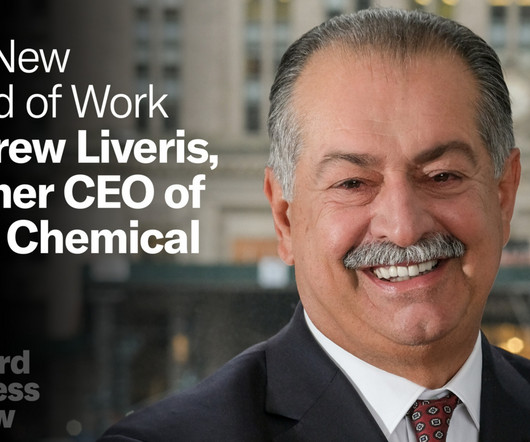Why Today’s Leaders Need to Be Perpetual Learners
Harvard Business Review
AUGUST 11, 2023
Born to immigrant parents in the Australian outback, he would eventually rise to the top of the corporate world, taking over in 2004 as CEO of Dow Chemical. Andrew Liveris likes to defy expectations.






























Let's personalize your content